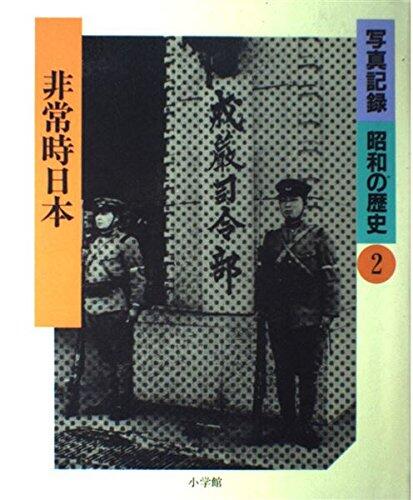
Hijōji Nihon
No ratings yet
Action & Adventure
History
Format
Paperback
Pages
183
Language
Japanese
Published
Jan 1, 1984
Publisher
Shogakkan
Edition
Dai 1-han
ISBN-10
4095700025
ISBN-13
9784095700021
Description
Set against the backdrop of Japan's Showa era, this edition delves into the nation's rich history through the lens of photography. With contributions from renowned authors and historians, readers can expect a compelling blend of visual storytelling and insightful commentary. The collaboration between Matsumoto Seichō, Miki Jun, and Fujiwara Akira enriches the narrative, allowing for a deep exploration of Japan's cultural and societal transformations during one of its most pivotal periods.
The book artfully captures the essence of Showa through vivid imagery that illustrates significant events, daily life, and the evolving landscape of the time. Each photograph serves as a window into a past that shaped modern Japan, revealing both the struggles and triumphs experienced by its people. Readers will find themselves immersed in the atmosphere of an era marked by rapid change and resilience.
In addition to the stunning visuals, the accompanying texts provide context and analysis, inviting readers to reflect on the historical significance of each moment captured. The meticulous curation by the authors ensures that the stories behind the images are as compelling as the images themselves.
As a tribute to a formative period in Japanese history, this book stands as a testament to the power of photography as a medium for preserving memories and fostering understanding. It is a must-read for those interested in history, culture, and the art of visual storytelling.
The book artfully captures the essence of Showa through vivid imagery that illustrates significant events, daily life, and the evolving landscape of the time. Each photograph serves as a window into a past that shaped modern Japan, revealing both the struggles and triumphs experienced by its people. Readers will find themselves immersed in the atmosphere of an era marked by rapid change and resilience.
In addition to the stunning visuals, the accompanying texts provide context and analysis, inviting readers to reflect on the historical significance of each moment captured. The meticulous curation by the authors ensures that the stories behind the images are as compelling as the images themselves.
As a tribute to a formative period in Japanese history, this book stands as a testament to the power of photography as a medium for preserving memories and fostering understanding. It is a must-read for those interested in history, culture, and the art of visual storytelling.
Reviews
Reading Log
No reading logs found
Start tracking your reading progress to see logs here
Add Your First Reading LogNotes
Transaction Log
No transaction logs found
Start tracking your book transactions to see logs here
Add Your First Transaction Log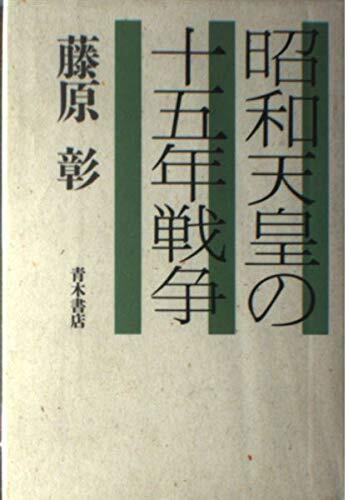
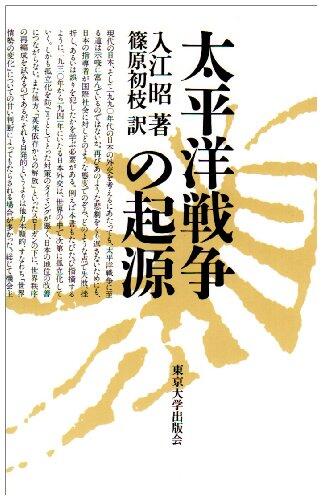
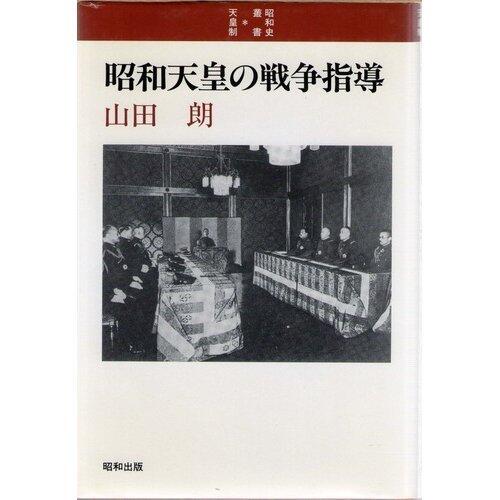
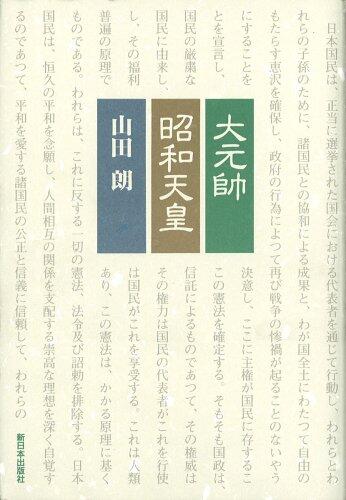
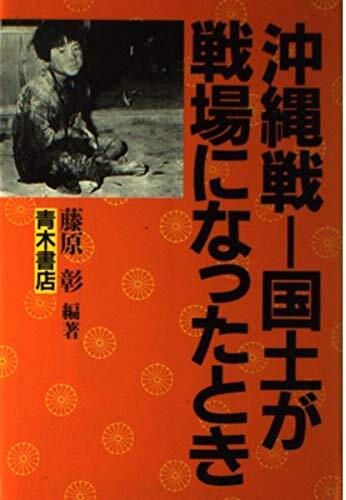
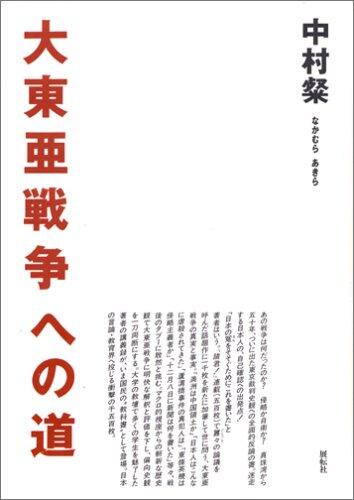












![ソードアート・オンライン14:アリシゼーション・ユナイティング [Sōdo āto onrain 14: Arishizēshon Yunaitingu]](https://images.bookpine.com/309056df-3a3c-4f0d-a128-5add90ea5f1f.jpg)
